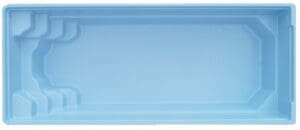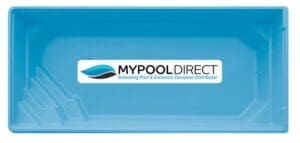Introduction:
A sparkling and crystal-clear swimming pool is not only visually appealing but also a refreshing oasis for countless hours of enjoyment. While regular cleaning and filtration are essential, one often overlooked aspect of pool maintenance is the pH level. Understanding and maintaining the proper pH balance is crucial for ensuring a safe and enjoyable swimming environment.
The Basics of pH:
pH is a measure of the acidity or alkalinity of a substance, and in the context of a swimming pool, it refers to the balance between acidic and alkaline properties in the water. The pH scale ranges from 0 to 14, with 7 being neutral. A pH level below 7 is considered acidic, while levels above 7 are alkaline.
The Ideal pH Range:
For a swimming pool, the ideal pH range is typically between 7.2 and 7.8. This slightly alkaline range ensures optimal water quality and comfort for swimmers. Maintaining the correct pH is crucial for several reasons.
Comfort and Safety:
Swimmers are likely to experience eye and skin irritation if the pH level is too high or too low. Uncomfortable conditions may discourage pool use and could lead to potential health issues for those with sensitive skin or allergies.
Water Clarity and Efficiency:
Maintaining the recommended pH level enhances the effectiveness of pool sanitisers, such as chlorine. When pH is within the ideal range, chlorine works more efficiently to eliminate bacteria and algae, keeping the water clear and safe.
Equipment Longevity:
Imbalanced pH levels can have detrimental effects on your pool equipment. Acidic water can corrode metal components like pipes and pumps, while alkaline water can lead to the formation of scale deposits, reducing the efficiency of filters and heaters.
Testing and Adjusting pH:
Regular testing of the pool’s pH levels is essential for effective maintenance. Pool owners can use pH testing kits or electronic meters to monitor the water regularly. Testing should be done at least twice a week, especially during heavy usage periods.
If the pH deviates from the recommended range, adjustments can be made using pH increasers (sodium carbonate) to raise pH or pH decreasers (sodium bisulfate) to lower it. Care should be taken to make gradual adjustments, allowing time for the chemicals to circulate and take effect.
Conclusion:
In the grand scheme of pool maintenance, paying attention to pH levels is a small but critical task that significantly contributes to the overall health and enjoyment of your swimming pool. By understanding the importance of pH, regularly testing, and making necessary adjustments, you can ensure a safe, comfortable, and inviting pool environment for yourself, your family, and your guests.










